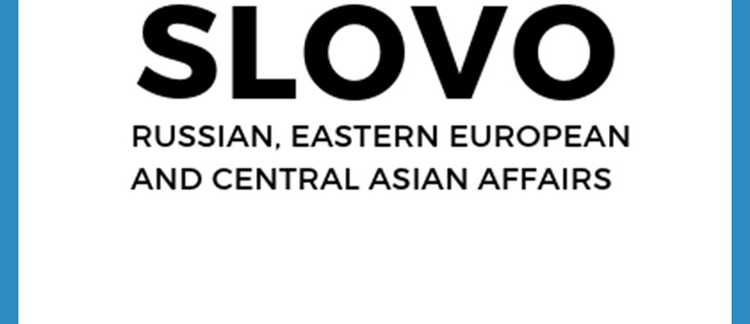Abstract
The Telegraph Agency of the Soviet Union (TASS) occupies very little space in the historiography of Stalin’s Russia. Yet from newly uncovered documents held within the Soviet leader’s personal archive, it is clear that TASS began to play a significant role in the mechanics of the Stalinist state by the end of the 1930s. The catalyst was the turbulent and rapidly shifting nature of events witnessed in this period. Coinciding with the Red Army’s faltering record in its war with Finland, various strategies of crisis-management, censorship, and control were employed by the Kremlin in an attempt to manage how news from the Finnish front spread amongst audiences at home and abroad. This paper will trace how, from the early stages of the relationship between the Telegraph Agency leadership and Stalin, the responsibilities of TASS became broader and more rigorously exploited. Eventually emerging as a global mouthpiece, pseudo-espionage network, tool of foreign policy and versatile propaganda weapon for the Soviet Union, it was employed by a regime desperate to limit the damage caused by global condemnation of the invasion and the faltering position of the Communist International.
Click here to read the article
How to Cite:
Spencer, M., (2013) “Signals from Stalin: The Telegraph Agency of the Soviet Union in the Midst of the Soviet-Finnish War, 1939-40”, Slovo 25(1).
Downloads:
Download PDF
View PDF
531 Views
72 Downloads

